By Roland G. Ottley, Esq.

In the intricate tapestry of American immigration law, few policies carry as much weight: or generate as much confusion: as the public charge rule. This century-old provision stands as both a gatekeeper and a beacon, determining whether individuals seeking to build their lives in America may be denied entry or permanent residency based on their potential reliance on government assistance. For immigrants and their families, understanding this rule is not merely an academic exercise; it is a fundamental necessity that can determine the trajectory of their American dream.
The public charge determination has evolved into a labyrinth of legal precedents, administrative interpretations, and political considerations that demand careful navigation. As we stand in 2025, the landscape surrounding this critical immigration policy reflects both historical continuity and contemporary uncertainty, requiring immigrants and their advocates to remain vigilant and informed about the shifting currents of federal policy.
The Historical Foundations: A Century of Evolution
The public charge test finds its origins in the Immigration Act of 1882, establishing a principle that has endured through more than fourteen decades of American immigration policy. This foundational concept emerged during an era when the nation sought to balance its commitment to welcoming newcomers with concerns about the potential burden on public resources.
For the two decades preceding 2019, the application of this rule followed a relatively stable framework established by the 1999 Interim Field Guidance. Under this interpretation, a public charge was defined as an individual "primarily dependent on the government for subsistence": a definition that provided clarity and predictability for both applicants and immigration officials.
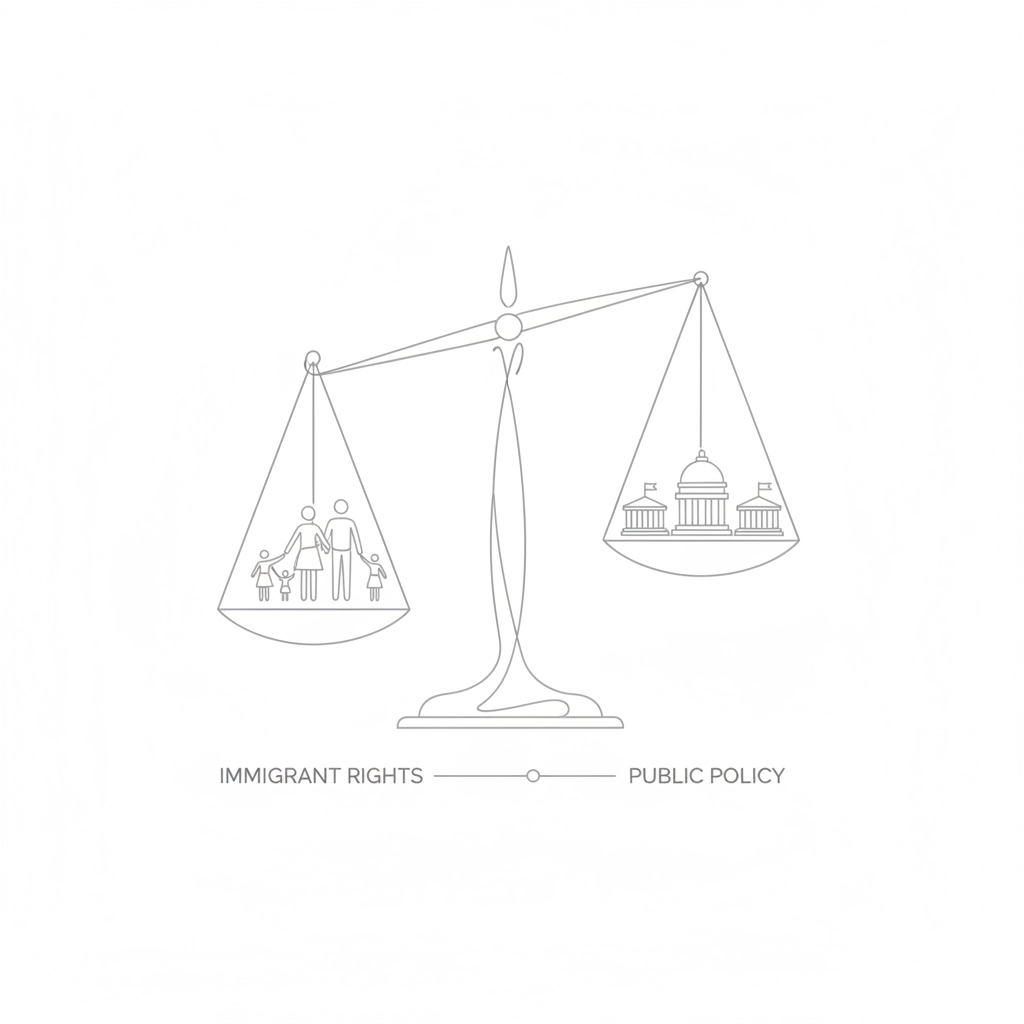
The pre-2019 framework maintained a careful distinction between different types of government assistance. Only the receipt of cash benefits, such as Supplemental Security Income (SSI) or Temporary Assistance for Needy Families (TANF), or long-term institutionalization at government expense would trigger a public charge finding. Crucially, non-cash benefits including the Supplemental Nutrition Assistance Program (SNAP) or Medicaid were explicitly excluded from consideration, recognizing that accessing basic healthcare and nutrition assistance did not necessarily indicate primary dependence on government support.
The Transformative Shift: The 2019 Administrative Expansion
The year 2019 marked a seismic shift in public charge policy, as the Trump administration implemented sweeping changes that fundamentally altered the rule's scope and application. This transformation represented more than a mere policy adjustment: it constituted a philosophical reimagining of what it meant to be likely to become a public charge.
Under the expanded definition, the threshold for concern dropped dramatically. No longer was the focus on individuals who were "primarily dependent" on government assistance; instead, the new standard targeted anyone deemed "more likely than not" to receive certain public benefits over a 36-month period. This seemingly subtle linguistic change carried profound implications, casting a wider net that potentially encompassed working families who might occasionally need assistance during periods of economic hardship.
The 2019 rule introduced a more discretionary and burdensome "totality of the circumstances" test, requiring applicants to complete Form I-944 and subjecting them to comprehensive scrutiny of their financial assets, health status, age, skills, and numerous other factors. This approach transformed what had been a relatively straightforward determination into a complex calculus that left both applicants and immigration officials grappling with subjective interpretations.
Perhaps most significantly, the expanded rule began considering non-cash benefits: including SNAP, Medicaid, and housing assistance: as factors in public charge determinations. This change sent shockwaves through immigrant communities, creating what observers termed a "chilling effect" as families began avoiding essential services out of fear that accessing them might jeopardize their immigration status.
Legal Reversal and the Restoration of Balance
The legal challenges to the 2019 rule emerged swiftly, with advocates and affected communities arguing that the expanded interpretation was "arbitrary and capricious" under the Administrative Procedure Act. These challenges highlighted fundamental concerns about the rule's departure from historical precedent and its potential to undermine public health and welfare systems.
The tide began to turn in 2021, when the Biden administration made the strategic decision to abandon legal defense of the controversial rule. This marked a pivotal moment in public charge policy, signaling a return to more established principles. USCIS subsequently reverted to the 1999 guidance, providing immediate relief to immigrant communities that had been operating under the shadow of the expanded rule.
The formalization of this policy reversal came with the 2022 final rule, which explicitly restored the previous, narrower definition of public charge. Under this restoration, only reliance on cash assistance for income maintenance or long-term institutionalization at government expense would trigger a public charge finding. The rule once again excluded non-cash benefits from consideration, recognizing that accessing healthcare, nutrition assistance, or housing support did not necessarily indicate a likelihood of becoming primarily dependent on government assistance.
The Current Landscape: Navigating 2025's Emerging Challenges
As we examine the current state of public charge policy in 2025, we find ourselves at a complex intersection of established law and emerging enforcement priorities. While the 2022 rule technically remains in effect, maintaining the narrow, pre-2019 definition of public charge, recent developments suggest a more nuanced reality for immigrants navigating the system.
The return of a Trump administration in 2025 has brought renewed emphasis on restricting benefits access for immigrants, though the approach has evolved beyond direct modification of the public charge rule itself. USCIS issued Policy Memorandum PM-602-0190 in September 2025, signaling a shift toward stricter enforcement practices and more subjective review processes within the existing legal framework.

This administrative guidance has created an atmosphere of increased scrutiny without formally altering the legal standards established in the 2022 rule. Immigration officers are being directed to apply more rigorous analysis to public charge determinations, potentially leading to outcomes that reflect the spirit, if not the letter, of the broader 2019 interpretation.
Simultaneously, legislative action has sought to achieve through other means what direct public charge rule modification might accomplish. The passage of the "One Big Beautiful Bill Act" in July 2025 represents a significant development in this regard, imposing substantial new restrictions on immigrant access to health insurance and nutrition assistance programs.
The Broader Policy Implications: Beyond Traditional Boundaries
The current approach to public charge policy reflects a sophisticated understanding of how administrative and legislative tools can work in concert to achieve policy objectives. Rather than engaging in the potentially lengthy and legally vulnerable process of formally revising the public charge rule, policymakers have chosen to pursue parallel strategies that may achieve similar outcomes while avoiding direct legal challenges.
This approach creates particular challenges for immigrants and their advocates, who must now navigate not only the formal public charge rule but also a complex web of related policies and enforcement practices. The result is an environment where technical compliance with established legal standards may not necessarily provide protection against adverse immigration consequences.
The implications extend beyond individual cases to affect entire communities and public health systems. Healthcare providers report continued reluctance among immigrant families to access essential services, despite the formal exclusion of healthcare benefits from public charge considerations. This phenomenon demonstrates how the mere perception of risk can create barriers to accessing critical services, even when those barriers may not be legally justified.
Practical Guidance for Immigrants and Families
For individuals and families navigating this complex landscape, several key principles emerge as essential guideposts. First and foremost, understanding the technical requirements of the current public charge rule remains crucial. Despite enforcement rhetoric and related policy changes, the 2022 rule's narrow definition continues to govern formal public charge determinations.
Documentation becomes paramount in this environment. Immigrants should maintain careful records of their financial circumstances, employment history, and any government benefits received. This documentation serves not only to demonstrate compliance with public charge requirements but also to provide evidence of self-sufficiency and financial stability.
The importance of experienced legal counsel cannot be overstated in this context. The interplay between formal legal requirements, administrative enforcement practices, and related policy changes creates a landscape that requires sophisticated navigation. An experienced immigration attorney can provide crucial guidance on how specific circumstances may be affected by the evolving policy environment.
The Path Forward: Advocacy and Legal Protection
The dynamic nature of public charge policy in 2025 underscores the critical importance of continued advocacy and legal vigilance. While the formal legal framework provides certain protections, the reality of enforcement and related policy changes creates ongoing challenges that require active monitoring and response.
For immigrants and their advocates, staying informed about policy developments, enforcement trends, and legal precedents becomes an essential survival strategy. The landscape may shift quickly, and what appears stable today may face new challenges tomorrow.
The legal community bears particular responsibility in this environment, serving as both guides and guardians for individuals navigating these complex waters. Providing accurate information, dispelling unfounded fears, and advocating for fair and consistent application of established legal standards represents both a professional obligation and a moral imperative.
Conclusion: Vigilance in Uncertain Times
The public charge rule in 2025 reflects the broader tensions inherent in American immigration policy: the balance between welcoming newcomers and managing public resources, between humanitarian concerns and enforcement priorities, between legal clarity and administrative discretion. As this landscape continues to evolve, the need for careful attention, experienced guidance, and principled advocacy becomes ever more critical.
For those affected by these policies, the message remains clear: while the formal legal framework provides important protections, the reality of enforcement and related policy changes requires vigilant attention and experienced legal counsel. The path through this complex terrain may be challenging, but with proper guidance and advocacy, immigrants can continue to pursue their aspirations while protecting their legal status and family unity.
In this environment of uncertainty, consultation with an experienced immigration attorney is not merely advisable: it is essential. The stakes are too high, and the landscape too complex, for individuals and families to navigate these waters alone.
About the Author
Roland G. Ottley, Esq. is the principal attorney at The Ottley Law Firm, PC, a New York-based practice providing immigration counsel; injury litigation (including medical malpractice); landlord-tenant advocacy; no-fault and uncontested divorce representation; consumer fraud recourse; and vaccine injury claims. Known for compassionate representation and advocacy beyond profit, Mr. Ottley delivers personalized, confidential, and results-driven guidance to individuals and families facing high-stakes legal challenges. His practice is grounded in meticulous preparation, clear communication, and a client-centered approach that safeguards rights and advances practical, humane solutions. To learn more or request a consultation, visit https://theottleylawfirm.com.

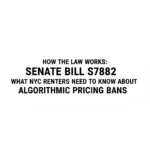
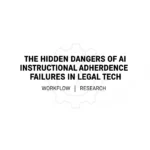
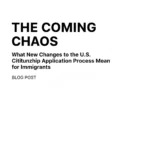
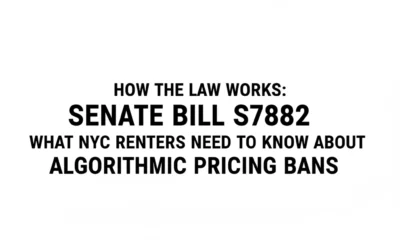
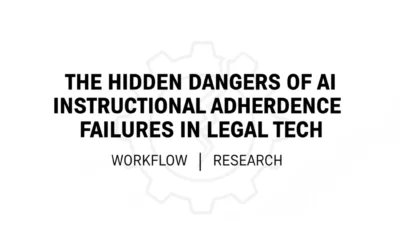
0 Comments